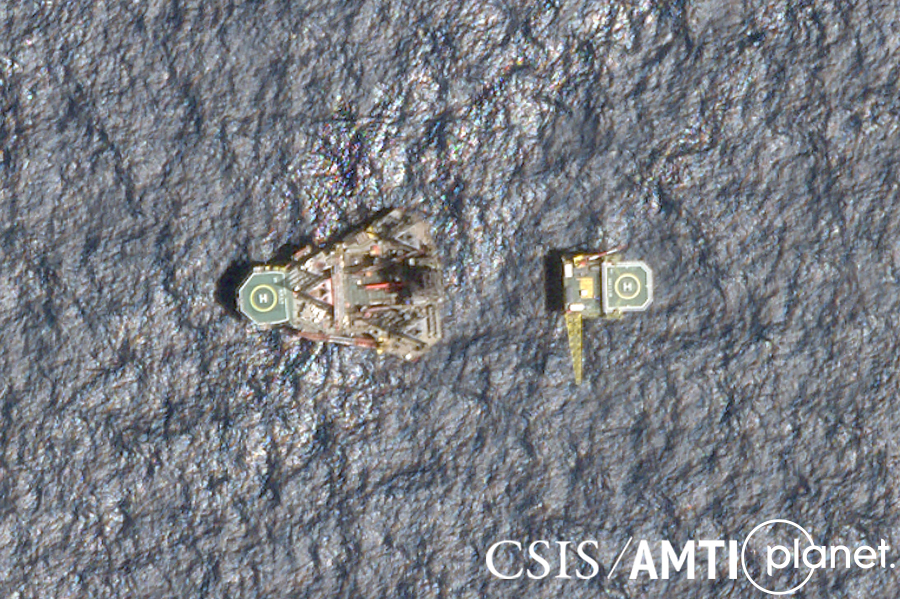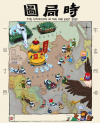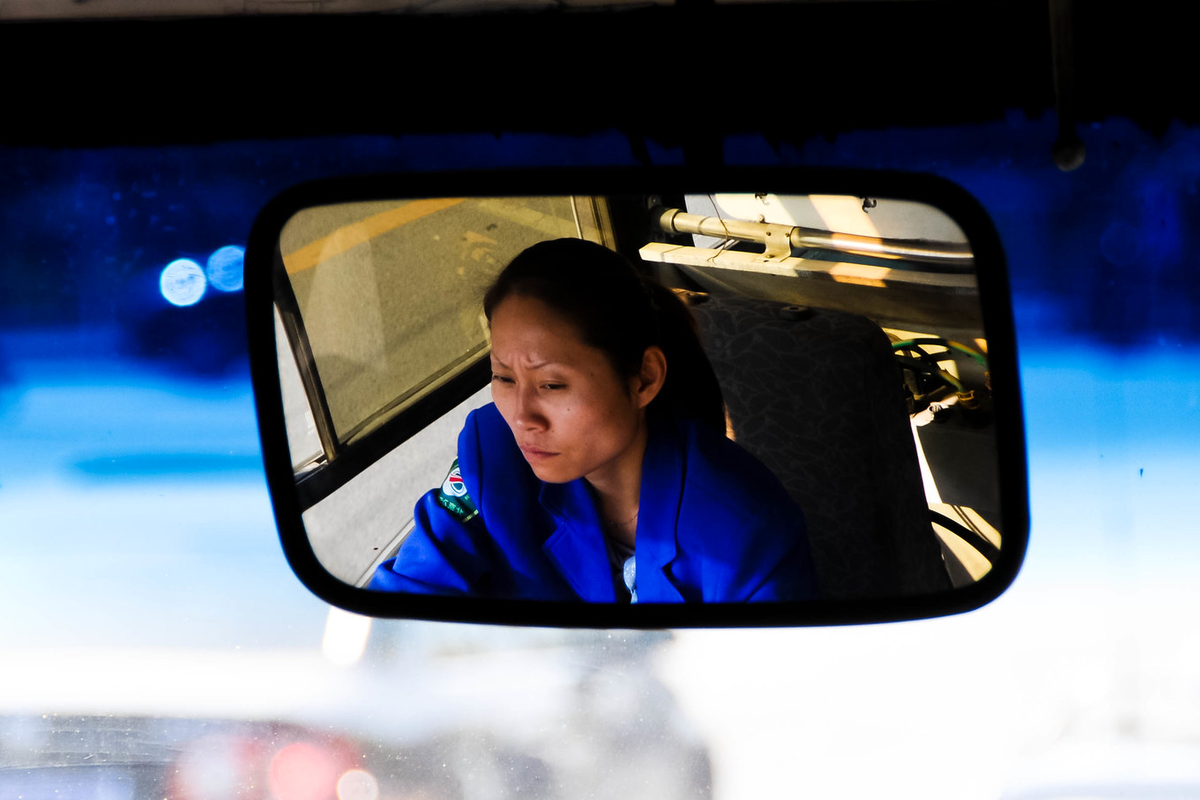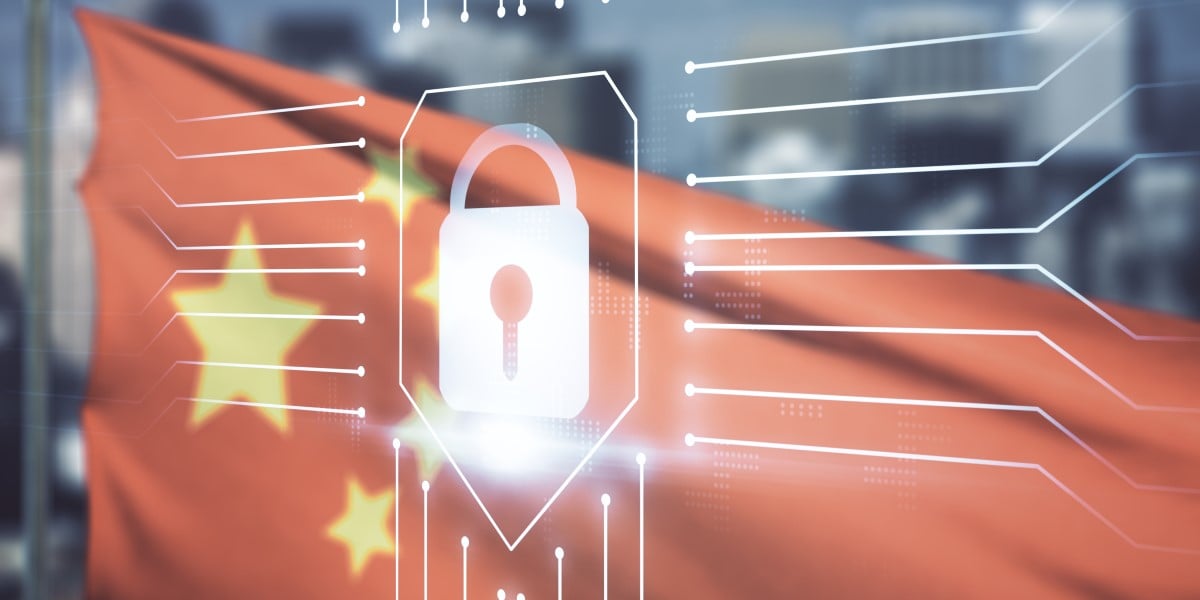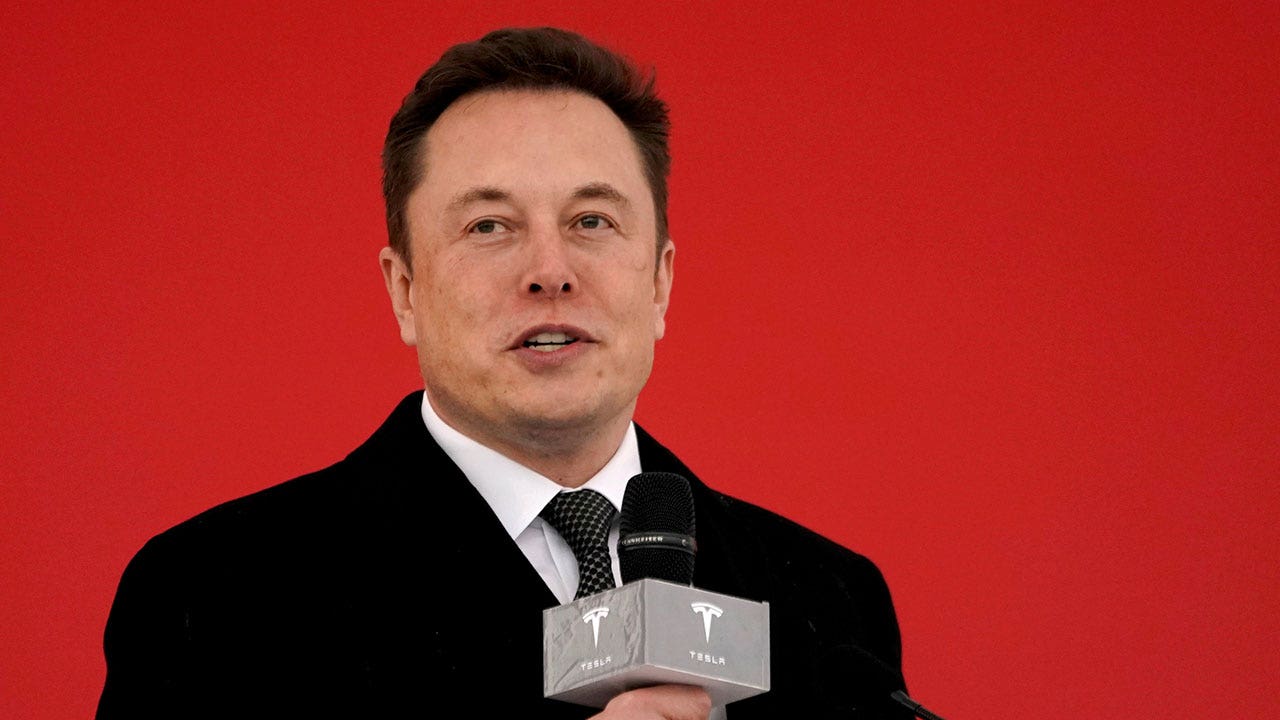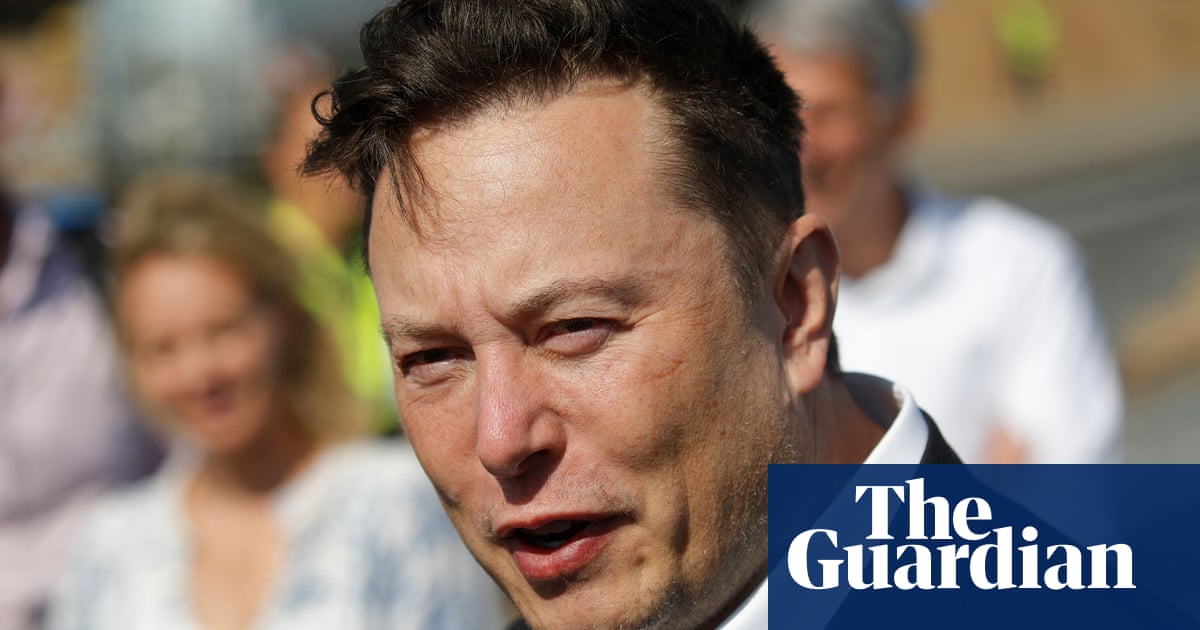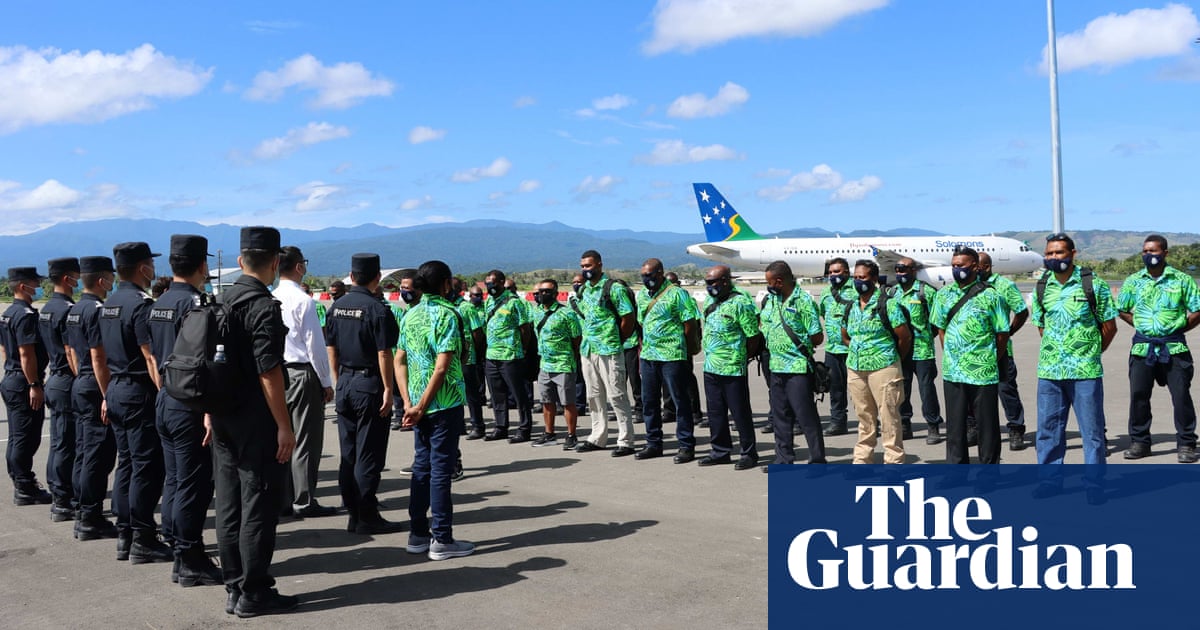The United States said at a summit with Pacific island leaders that it had agreed on a partnership for the future with them and held out the prospect of “big dollar” help to a region where it hopes to stem China’s expanding influence.
The Washington Post quoted US officials as saying the Biden administration would announce it would invest more than $860m in expanded programs to aid the islands at the two-day summit, on top of more than $1.5bn provided in the past decade.
The White House had no immediate comment on the funding figure, but a US official said the newspaper’s reporting that all the visiting leaders had endorsed an 11-point statement of vision committing to joint endeavours was accurate.
They included Solomon Islands prime minister Manasseh Sogavare, whose government had earlier indicated it would not sign the declaration, raising further concerns about his ties to China. Sogavare’s spokesman had no immediate comment.
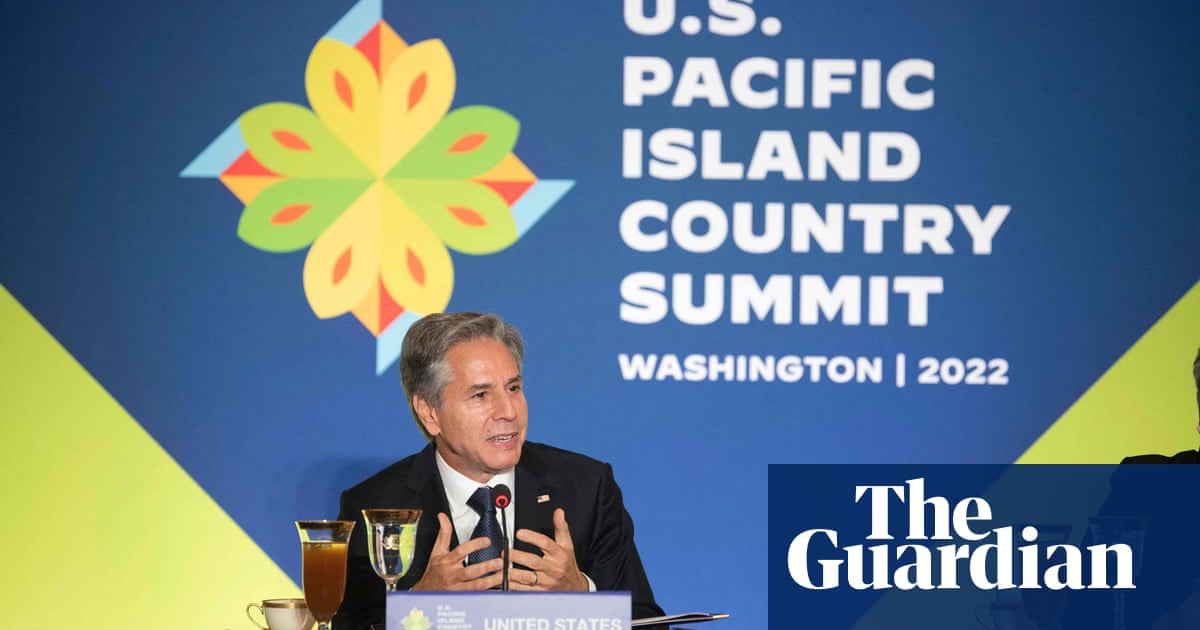
US strikes partnership deal with Pacific Island leaders at historic summit
US official says Pacific leaders endorsed joint statement one day after leaked documents showed discord among the group over proposals
The lead-up to the meeting had been clouded by the leak of documents showing that Solomon Islands had rejected a draft US agreement with the region and that Micronesian leaders had raised serious concerns about the level of financial assistance on offer.
A leaked note seen by the Guardian, written by the embassy of Solomon Islands in New York, announced that the country, which signed a controversial security deal with China in April, would not be endorsing a regional diplomatic agreement being proposed by the US.
As part of a new strategy, the US would appoint its first envoy to focus on the Pacific Islands and was adding three more diplomatic missions in the region, bringing the total from six to nine, officials said.
The US would also resume a USAID office in Fiji and expand contacts through the Coast Guard, defence department and the National Oceanic and Atmospheric Administration.
The US as well as Australia and New Zealand, which are participating in the summit as observers, had a wake-up call when Solomon Islands signed its secretive security pact with China.
After intensive US and Australian appeals, the broader region rejected an overarching pact with China. But western officials fear that Beijing will use Solomon Islands as a base to expand militarily into the Pacific or to pressure Taiwan, a self-governing democracy claimed by Beijing.
Sogavare, in a speech at the United Nations last week, vowed that his tiny country “will not be coerced into choosing sides”.


